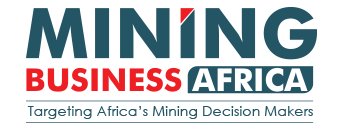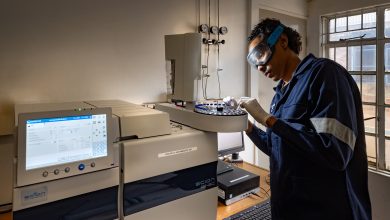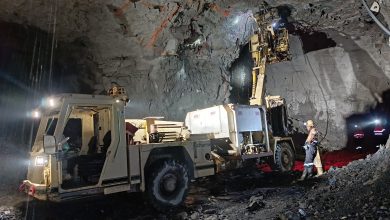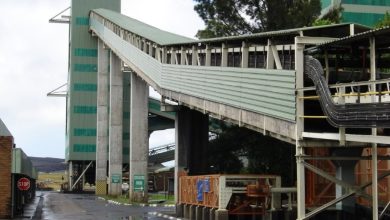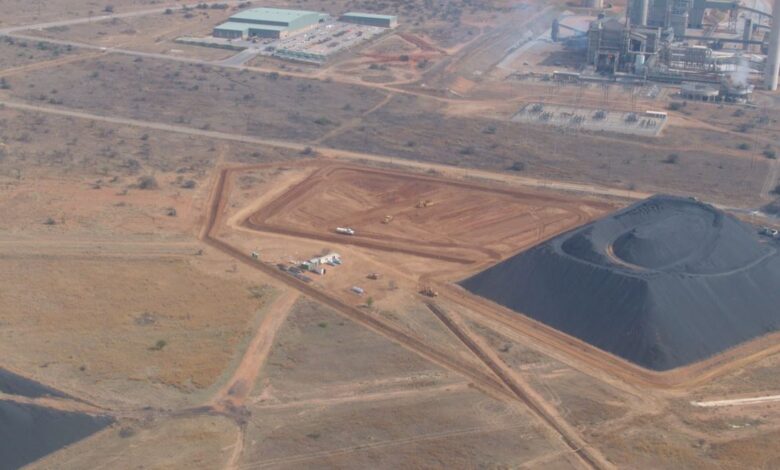
Fast-evolving mining standards being embraced in DRC, China
As expected, the recently initiated Consolidated Mining Standard Initiative (CMSI) stimulated discussion at this year’s Investing in African Mining Indaba in Cape Town – with SRK Consulting’s professional teams from Africa and China on hand to offer their insights. According to Dominique Sambwa, chairman of SRK Congo, mining players in the Democratic Republic of Congo (DRC) are responding to the fast-evolving environmental, social and governance (ESG) landscape.
“Having moved quite quickly from a state-controlled mining industry to one that encouraged private investment, the DRC has been developing its local legislation,” said Sambwa. “At the same time, larger global companies operating in the DRC have been driving global standards – and the prospect of a consolidated mining standard in the future is raising considerable interest.”
DRC-China-SA collaboration
He noted that the presence of many China-based mining companies in the DRC had led to concerted collaboration between SRK teams in China, the DRC and South Africa since 2022 – helping Chinese clients to comply with local legislation and global standards.
Frank Li, principal geologist in SRK’s Beijing practice, travels extensively to the DRC as part of this collaboration. Li explained that SRK’s role in the DRC has expanded well beyond its technical services and into international standards compliance.
“Many of our clients find themselves in a situation where their financiers want them to comply with one standard, while their supply chain might prefer another,” he said.
Unified mining standard
The work of the CMSI, he said, is therefore an exciting development – as many companies would favour a more streamlined focus on a single set of requirements. The CMSI aims to bring together the best aspects of four well-established standards: the Copper Mark; the Mining Association of Canada’s Towards Sustainable Mining (TSM) standard; the World Gold Council’s Responsible Gold Mining Principles; and the ICMM’s Mining Principles. The intention is to arrive at one global standard that reduces complexity and clarifies responsible practices for mining companies of all sizes, and across all locations and commodities.
“SRK is fully supportive of this direction, and is engaging closely with the process of developing the CMSI, to ensure that we are fully up to date with this new standard as it evolves – up to the point where it is published and can be applied,” said Li. “We are also ideally positioned to assist companies in transitioning to this new standard, as we have already worked extensively with clients across the range of other mining standards and regulatory compliance.”
Focus on ESG
Anne Gimonet, principal consultant in ESG and land contamination in SRK China, noted the steady movement towards greater transparency in ESG disclosure in many countries, including China. In 2024 alone, for instance there were two groundbreaking shifts affecting Chinese listed companies. The country’s three major stock exchanges announced new sustainability reporting guidelines on topics like carbon emissions and pollution control; these will kick in as early as 2026. More recently, China released a new set of reporting standards for general industry, including mining, for compliance by 2030.
“The major listed mining companies in China are therefore alive to the evolving ESG requirements and standards, and are preparing to comply with these,” said Gimonet. “It is also clear that these national standards are being aligned to international benchmarks in the mining sector.”
While it may be early days for many mining companies’ engagement with the CMSI itself, she emphasised that Chinese clients operating in countries like the DRC were very interested in the new Australasian Joint Ore Reserves Committee (JORC) Code of 2025 – especially with its ESG component. This code regulates how exploration results, mineral resources and ore reserves are publicly reported in the mining industry; a revised version expected to be finalised and implemented this year.
Preparing the way
“In preparation for the new consolidated standard, SRK has been actively engaging in the CMSI consultation process – including the workshops that are being regularly held,” she explained. “We will therefore be ready when our clients are, to help them make the transition. It is also very useful that we have been involved in all the existing mining standards that are in effect globally, so we understand the themes and linkages to the new unified standard.”
Gimonet said the new standard will be applied at facility level rather than corporate, allowing companies to begin the enrolment process with just one of their facilities. Its granular approach with a three-tier performance structure facilitates an entry at a basic level, with gradual movement towards the higher levels.
“The compliance process is also streamlined by the use of an equivalency assessment for companies who are already certified with the TSM or Copper Mark, for example,” she said. “This makes it possible to recognise the progress that companies have achieved to date, so they do not have to start from scratch.”
Standards always evolving
SRK South Africa chairman Vis Reddy – who is also the Africa lead for SRK Global – highlighted that standards in mining were constantly evolving, whether they related to tailings management, ESG or resource and reserve reporting.
“Mining companies therefore have to be regularly revisiting their policies and systems, and growing their capabilities as the bar is raised further,” said Reddy. “Companies like SRK stand ready, with our depth of knowledge and experience, to help clients navigate through these complexities.”
It is expected that the broad adoption of the new unified standard would give it the widest coverage of any voluntary mining standard to date. It is likely to be embraced by almost 100 mining companies across about 600 facilities in around 60 countries.
